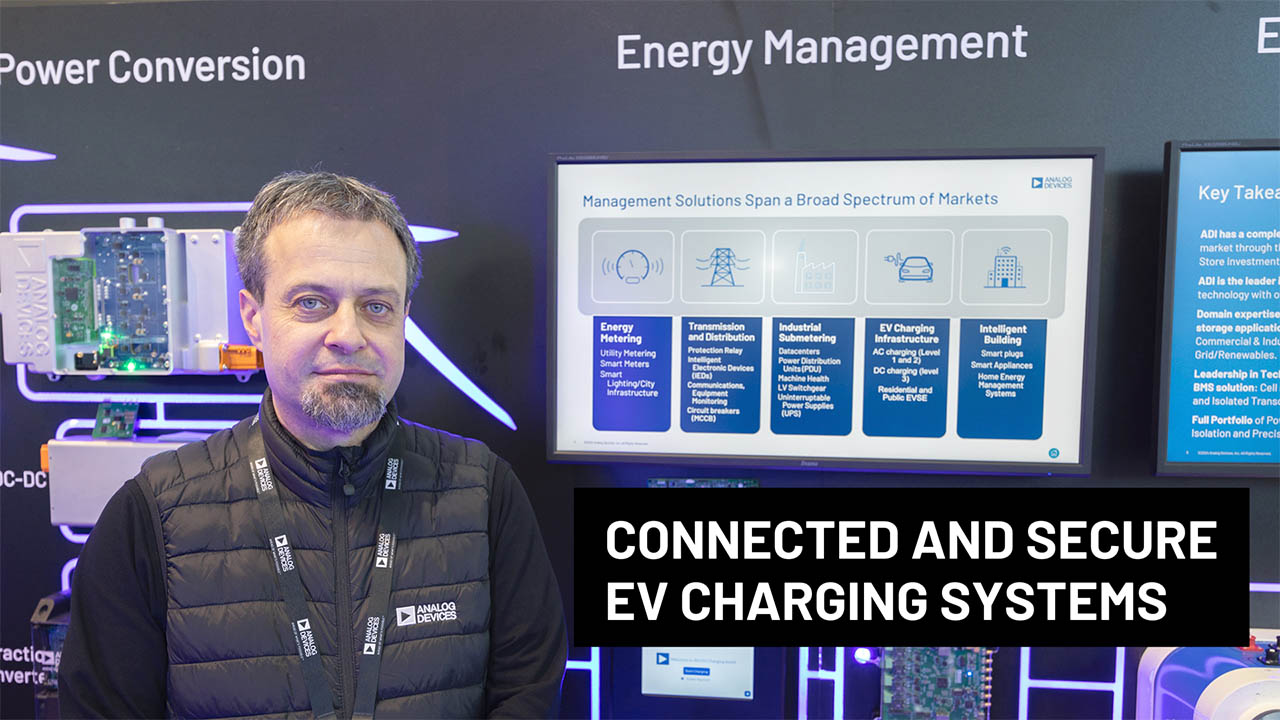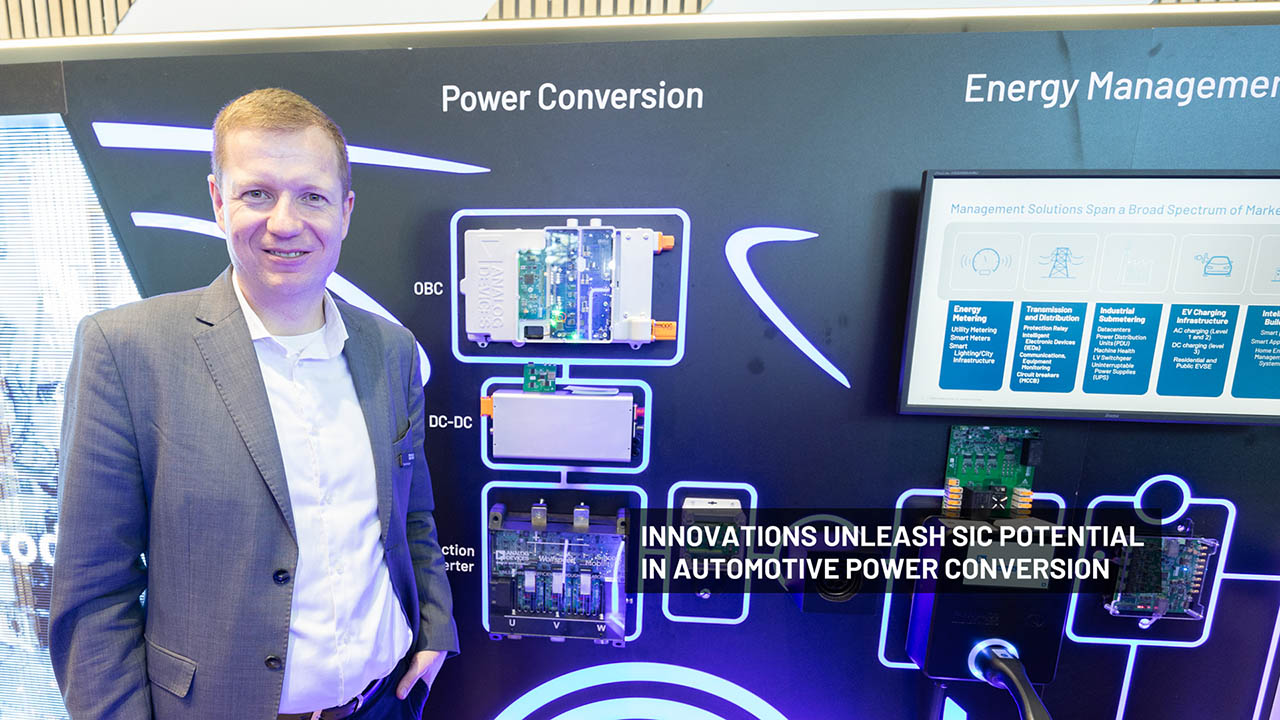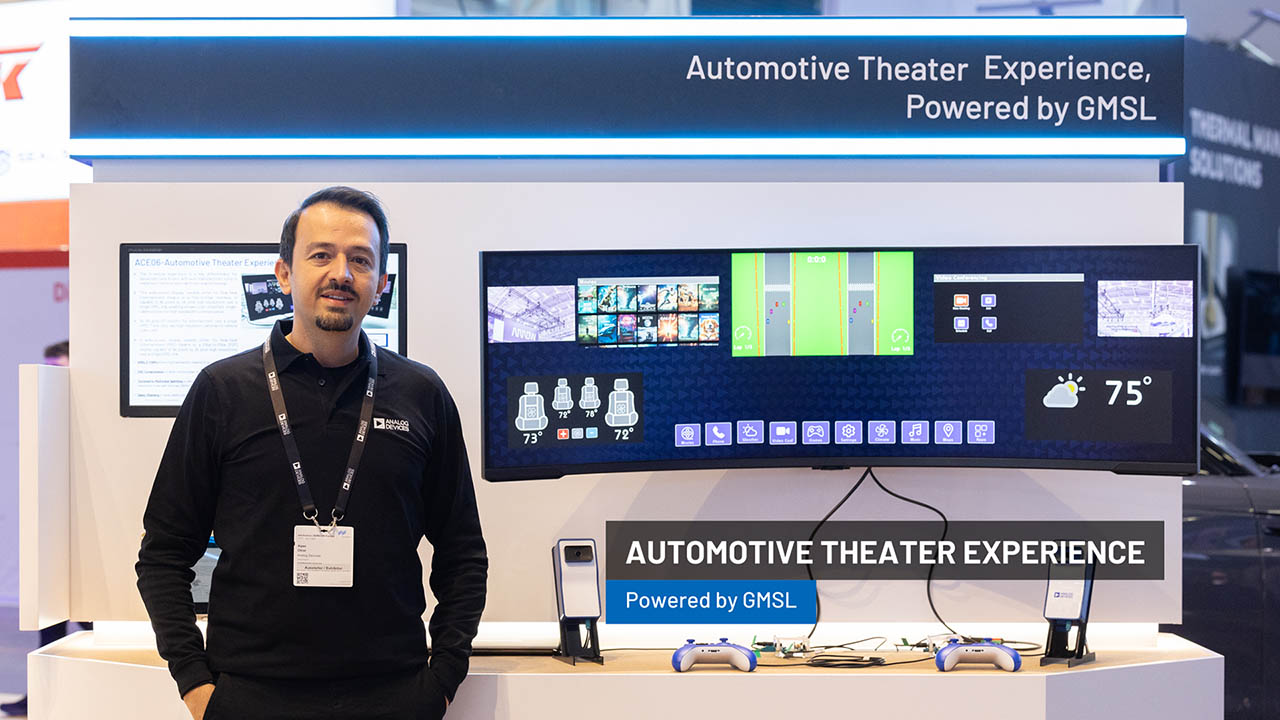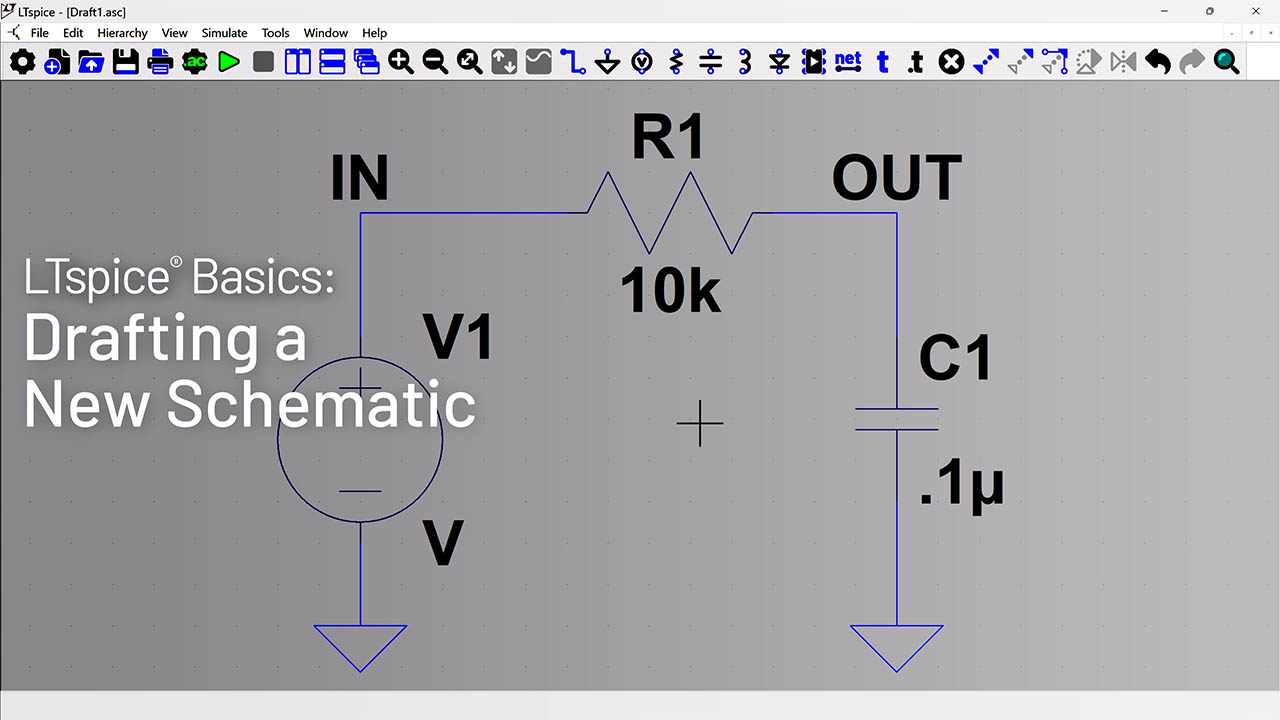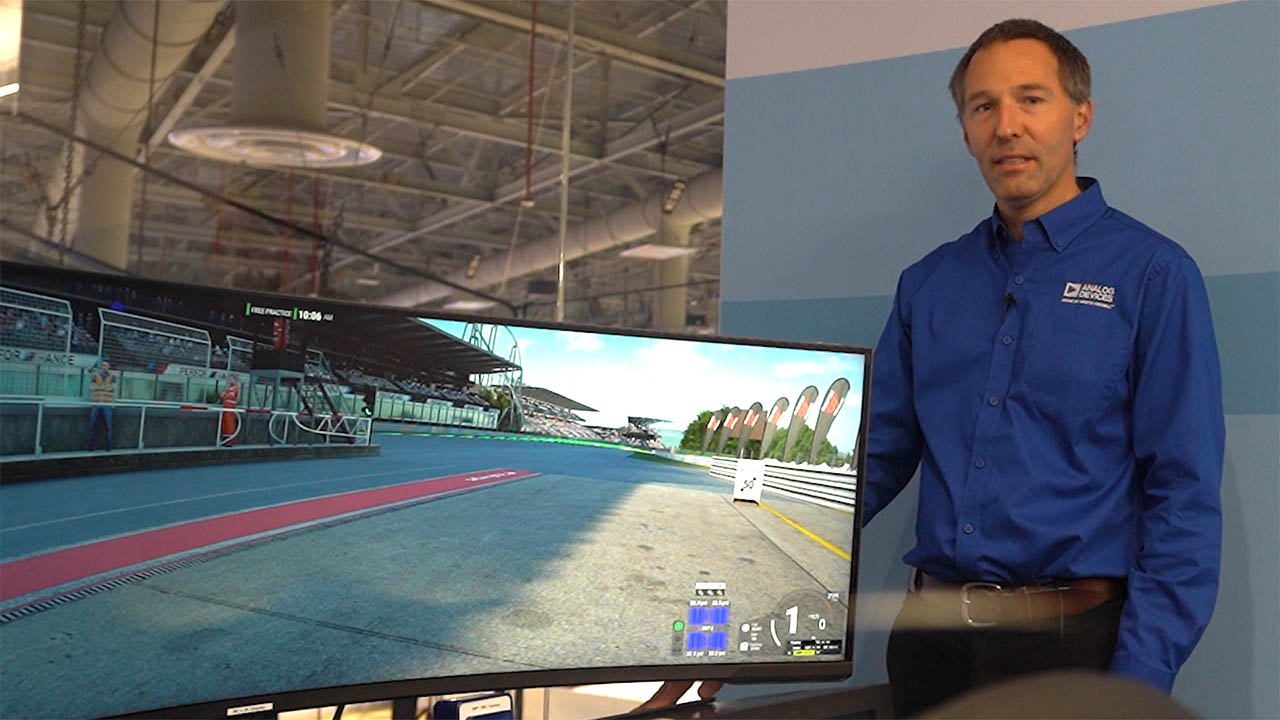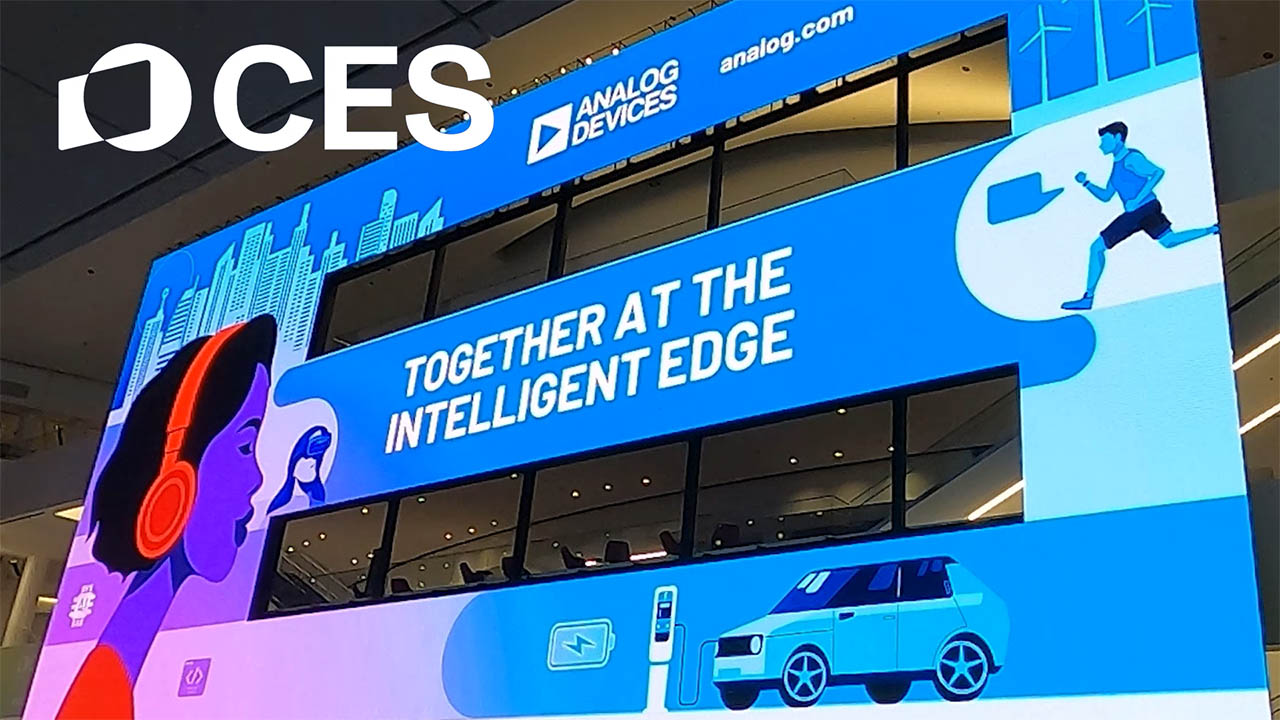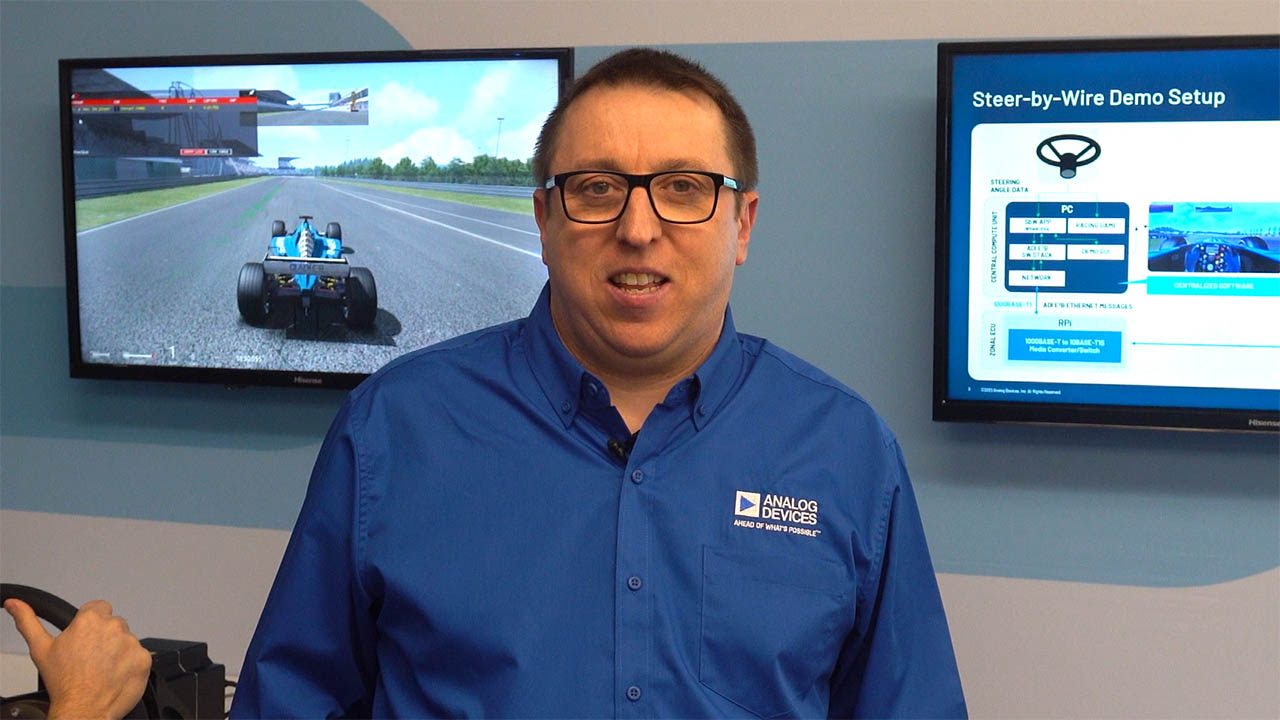Triple, High Output Current Supply Requires only 3.3V Input and Minimal Input Capacitance
Triple, High Output Current Supply Requires only 3.3V Input and Minimal Input Capacitance
著者
Sanhwa Chee
2000年11月01日
Introduction
The LTC1876 is ideally suited for traditional system power supplies, where outputs of 3.3V, 5V and 12V are required from an input ranging from 4.5V to 24V. Another possible configuration allows the LTC1876 to operate from a low 3.3V input supply. The two out-of-phase step-down controllers allow off-the-shelf inductors to be used instead of bulky, custom-wound transformers. The PolyPhase™ architecture of the step-down controllers minimizes input capacitance requirements, reducing overall system cost and footprint. A built-in boost regulator provides a third output.
3.3V Input, 1.8V, 2.5V and 5V Outputs
Figure 1 shows a low input voltage application with the input supply at 3.3V. The boost regulator is set up to provide 5V and is used to power the control circuitry of the step-down controllers and to provide gate drive voltage to the N-channel MOSFETs. This allows standard logic-level MOSFETs to be used. In addition, the 5V output can also be used for other light loads. The maximum output current that the 5V output can provide is 400mA, including gate-charge currents.

Figure 1. Low voltage 3.3V to 1.8V and 2.5V power supply.
The 3.3V input is converted to 2.5V and 1.8V by the high efficiency controllers. The N-channel MOSFETs, FDS6912As, were selected for both their low gate charge and low RDS(ON) resistance. Due to the use of an out-of-phase topology for the step-down controllers, the ripple current requirement for the input capacitance is minimized. Ceramic capacitors are used to further reduce the ESR, thus reducing ripple voltage and losses. Since the controllers and the boost regulator operate independently, the 5V output can be used to power keep-alive circuitry while the step-down controllers are shut down.
Figure 2 shows the efficiency of Figure 1’s circuit. The curve is plotted with the 1.8V and 2.5V outputs loaded with the same amount of current. Figure 3 shows the output voltage ripple for all the outputs, with the 1.8V and 2.5V outputs loaded at 4A.

Figure 2. Overall efficiency vs load current for Figure 1’s circuit; load current is kept the same for the 1.8V and 2.5V outputs.

Figure 3. Output voltage ripple for Figure 1’s circuit.
Conclusion
By using the LTC1876 boost regulator to power the control circuitry and provide the gate drives to its step-down controllers, high efficiency is obtained with a low input voltage supply. Ideally suited for applications that require three different supply voltages, the LTC1876 provides high performance both in low input voltage applications and traditional system power supplies. With its narrow 36-pin SSOP package and its multiphase technology, the LTC1876 provides high performance power supply solutions in a small board space.
著者について
{{modalTitle}}
{{modalDescription}}
{{dropdownTitle}}
- {{defaultSelectedText}} {{#each projectNames}}
- {{name}} {{/each}} {{#if newProjectText}}
-
{{newProjectText}}
{{/if}}
{{newProjectTitle}}
{{projectNameErrorText}}





